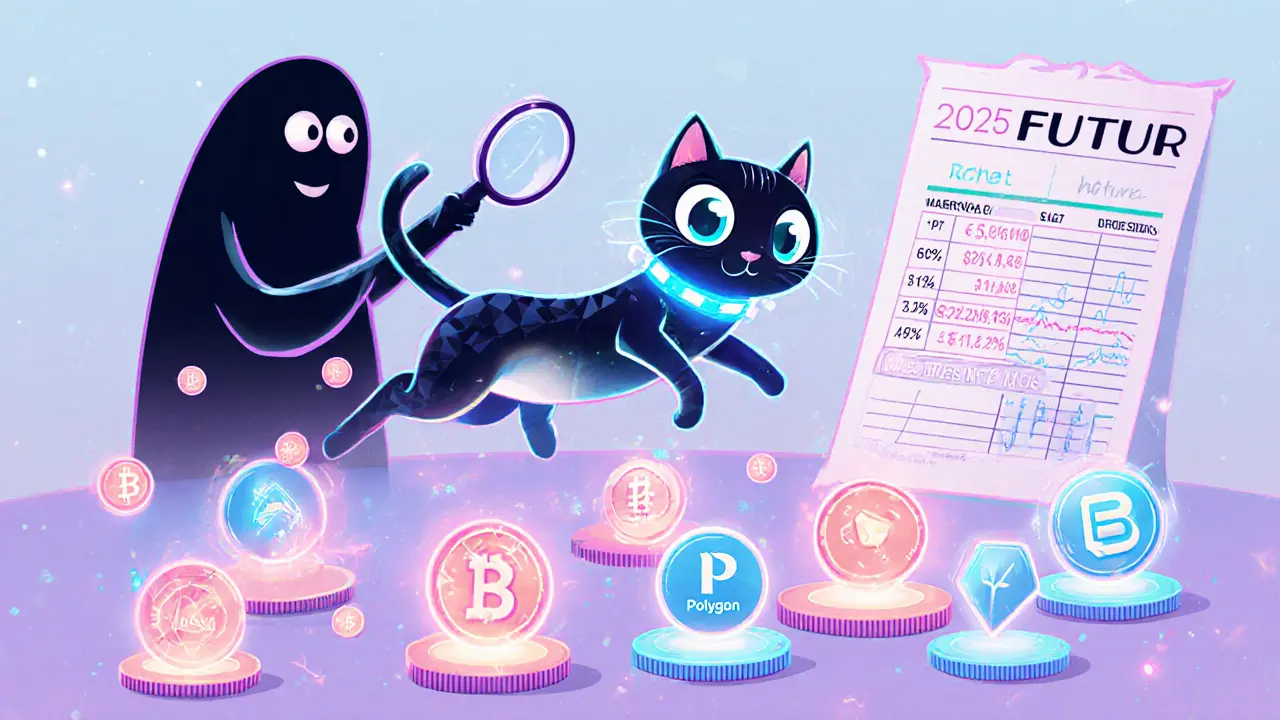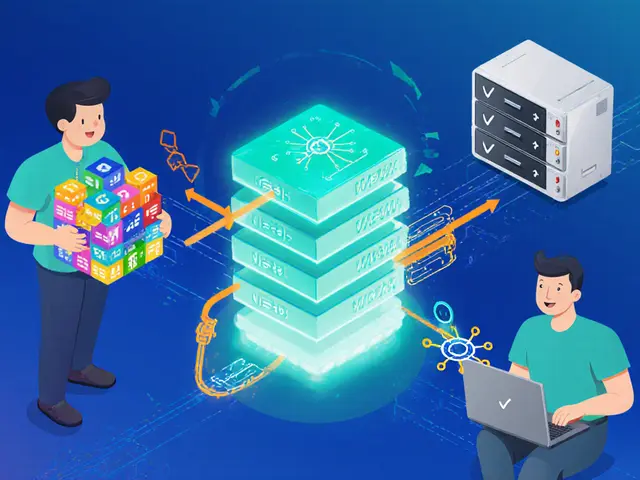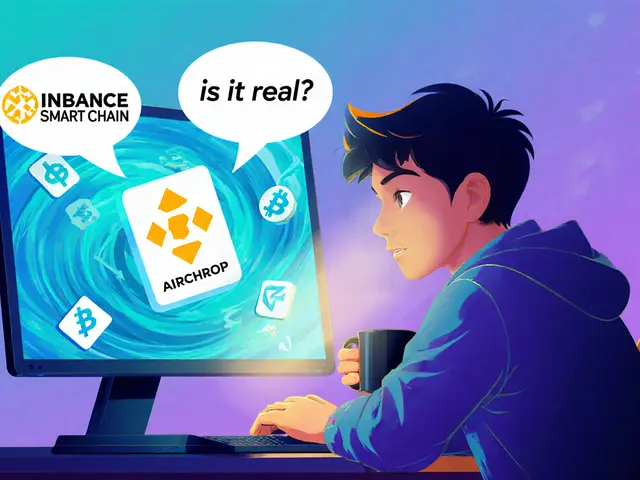LayerZero: The Cross-Chain Protocol Powering Seamless Crypto Transfers
When you send ETH from Ethereum to Solana, or USDC from BSC to Avalanche, you're relying on something called LayerZero, a universal messaging protocol that lets blockchains talk to each other without trusted intermediaries. Also known as a cross-chain oracle and relayer system, it doesn't just move tokens—it moves data, proofs, and state across chains in a way that’s secure, cheap, and scalable. Unlike older bridges that lock assets in smart contracts and create single points of failure, LayerZero splits the job: one part (an oracle) fetches block headers, another (a relayer) delivers transaction proofs. Neither can cheat alone. That’s why it’s trusted by projects like Stargate, Ondo Finance, and dYdX.
LayerZero doesn’t just enable transfers—it makes blockchain interoperability, the ability for different blockchains to exchange value and information securely feel effortless. It’s the reason you can now use your NFT from a Polygon game on a Solana marketplace, or stake tokens on a Terra-based DeFi app while holding them on Arbitrum. This isn’t theoretical. In 2024, over $45 billion in assets moved across chains using LayerZero-powered bridges. And it’s not just about speed—it’s about safety. Most cross-chain hacks in 2023 happened because bridges had centralized oracles or single-signer controls. LayerZero removes those risks by design.
What makes LayerZero different is how it handles cross-chain bridges, the infrastructure that connects separate blockchains to allow asset and data transfers. Traditional bridges are like one-way toll roads: they work only between two specific chains and break if one side gets hacked. LayerZero is more like a global internet protocol—it can connect any two chains, anytime, without needing custom code for each pair. That’s why developers are building on it instead of creating their own bridges. It’s the plumbing behind the scenes, and you don’t notice it… until it fails. And it rarely does.
Behind every smooth cross-chain swap you’ve used, there’s a good chance LayerZero is working. Whether you’re bridging tokens, launching a multi-chain DeFi app, or trying to use your NFT across games, LayerZero is quietly making it possible. The posts below dive into how it works under the hood, why some projects still avoid it, what happens when oracles get compromised, and how it’s changing the future of DeFi. You’ll find real examples, technical breakdowns, and warnings about fake LayerZero airdrops—because if you’re using cross-chain tools, you need to know what’s real and what’s not.






